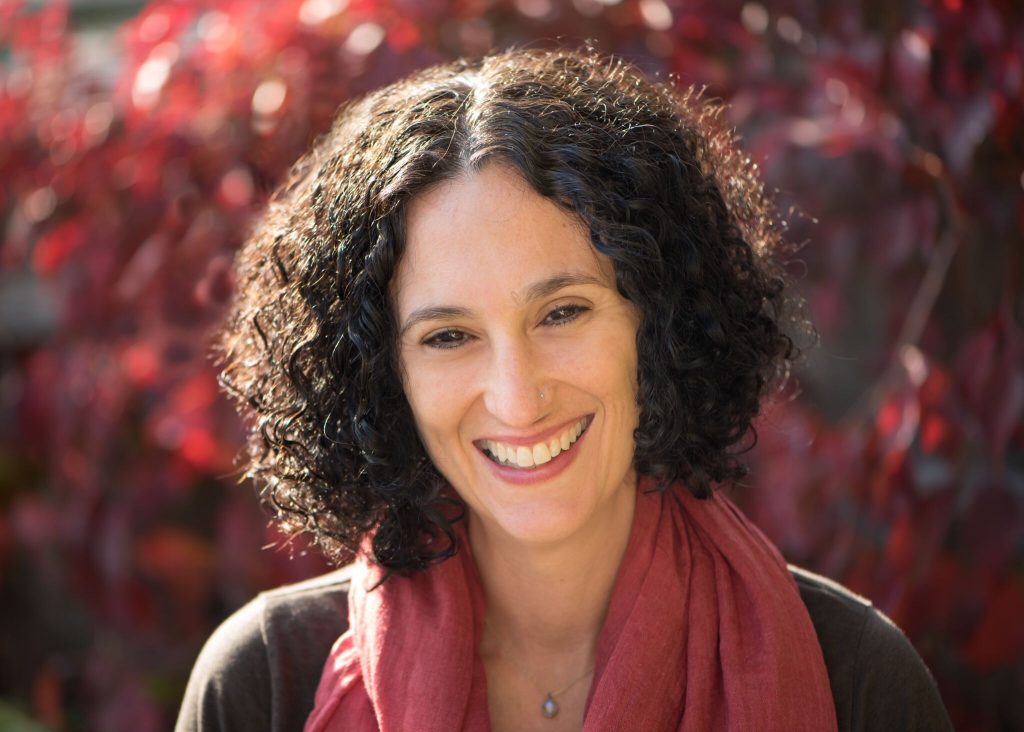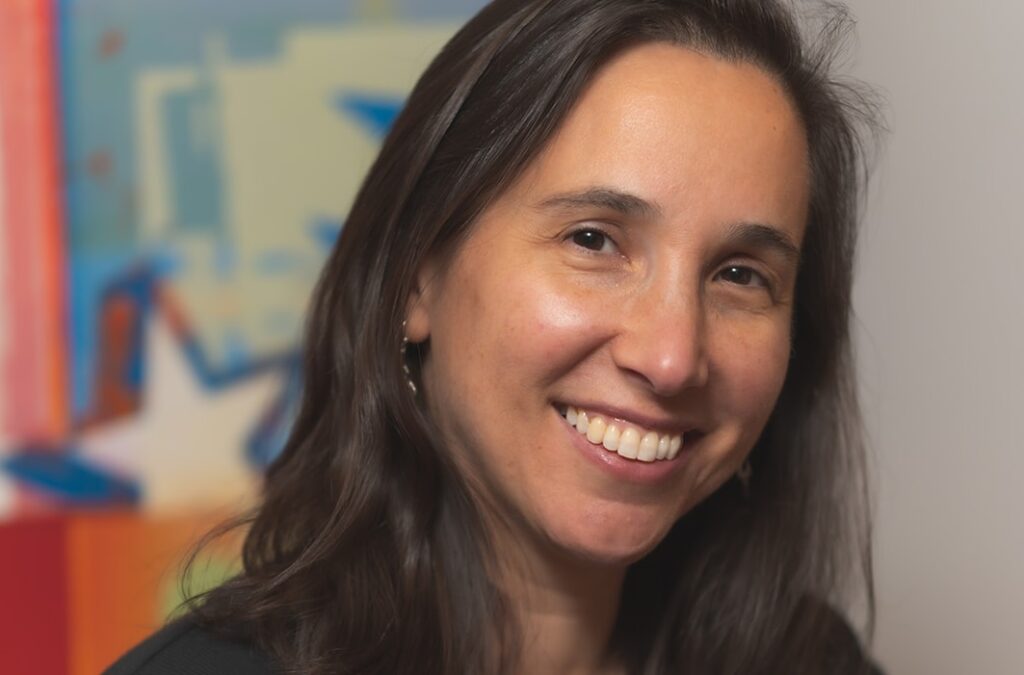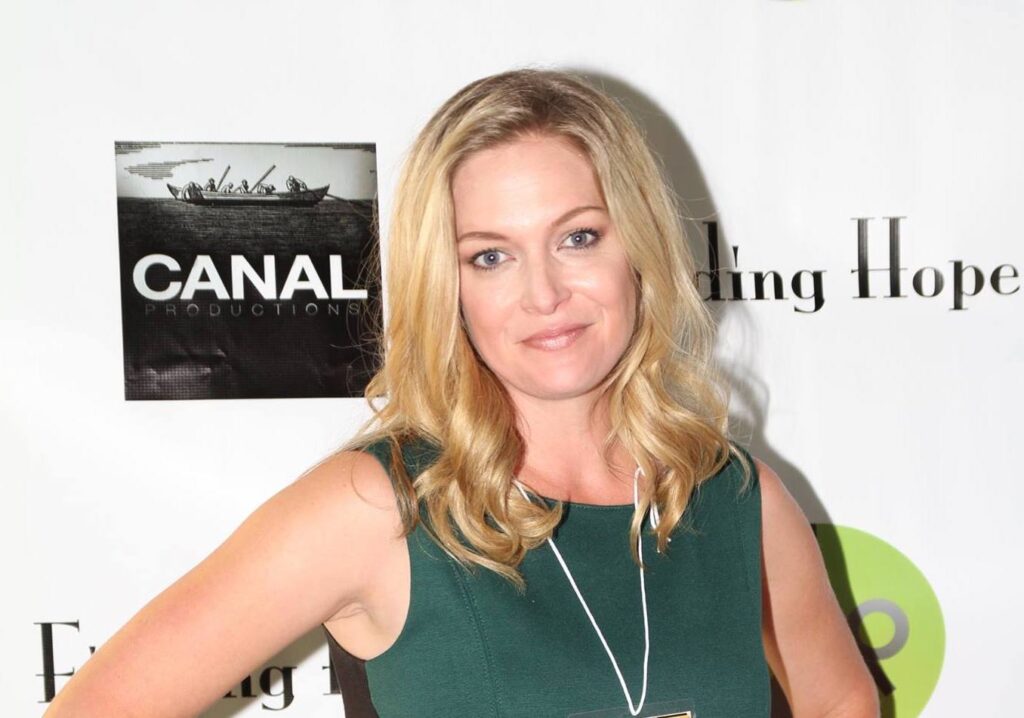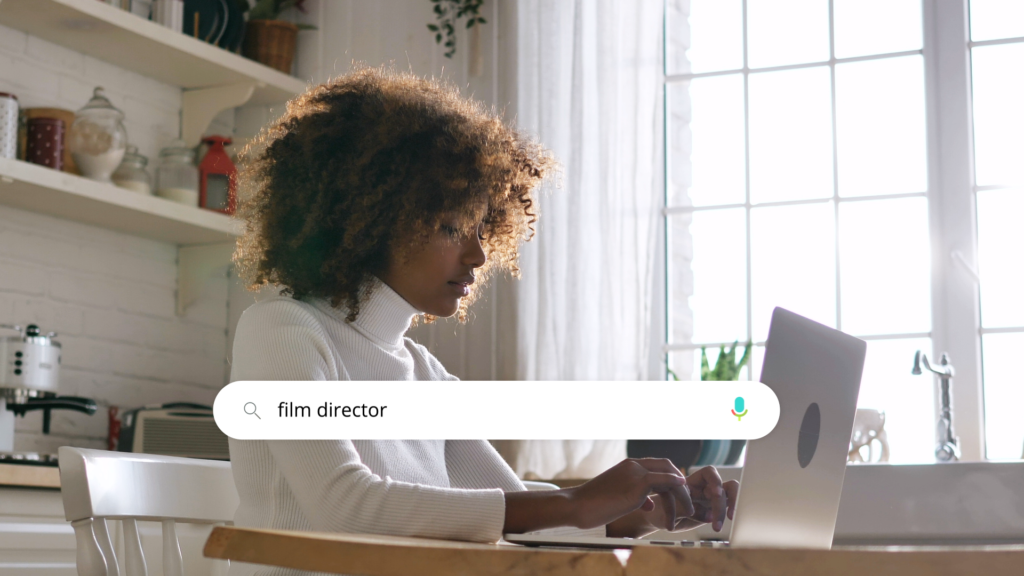Guest Post by Rachel Shuman
I make a living as a professional editor, working mostly on documentary films. I find the process of editing so engaging and creative that even when I don’t love the footage, I can still dig in and enjoy it. So when I set out to direct “One October,” I was most looking forward to editing it after production was done.
We shot the whole film in October 2008 — the eve of Obama’s historic election and an unprecedented economic crisis. I followed an intrepid radio reporter named Clay Pigeon as he took to the streets of New York to talk to fellow citizens about their lives, their dreams, and their relationship with a transforming city. We filmed lyrical vignettes of the city’s eccentric byways, inspired by the collage of interviews, playful narration, and poetic imagery of Paris in Chris Marker’s 1963 film “Le Joli Mai.”
Facing a new edit is no easy task on any film — it’s the proverbial blank canvas, blinding you with uncertainty and choice. But when I sat down to edit my own film, I completely froze. The director in me questioned everything. Did I get enough footage? How could I have missed that shot? Would the story ever take shape? An editor is usually immune to these neuroses, having not been in the field. What was not captured does not exist for them, not even in mind.
Usually the director-editor relationship is wonderfully collaborative and revelatory — but I was alone and paralyzed. I decided that I needed to hire an editor to work with me, and for a while I thought I might have her cut the film entirely.
She dug into the footage with ease and shared assemblies with me, and with that distance from the editing chair, I finally started to see the film. It was a time capsule rather than a piece of journalism about the current moment. The meta-narrative was about change and how the city and its inhabitants were dealing with it. I decided to put the editing process on hold and let the footage marinate so that the film itself would illuminate change by coming out years after the filming was over.
Originally, like the Marker film, I thought my film was going to have narration, so I turned to writing narration over the next several years while my film was on the shelf and I was working as an editor for hire. Years went by, and as Obama’s tenure was coming to an end, I knew it was time to pick up my film again. It was shot in the moment before his election, and I wanted it to come out in the moment right after — to serve as a bookend.
Because the footage is impressionistic and poetic in form, I knew I had to cut it myself to truly realize my vision. And this time it came together quickly. All the time I had put into writing the narration had helped me shape the film. The editor in me was being led by her “director.”
However, as the sequences started coming together, it became the narration that was the struggle. While the director in me was attached to having narration, the editor in me kept feeling like the voice was not quite right. I kept whittling it down until it no longer made sense and disrupted the flow of the film. I was in a constant conversation with two parts of myself, each side dueling the other to win. So I hired a consulting editor to referee the two voices in my head.
The “three” of us decided to take out the narration altogether. But without it, the film just did not hold together. I could see its potential, but it was a mess. That was the moment when the director in me completely surrendered to her “editor.” I had to turn off all the voices in my head and just plant myself inside my body, into the listening ears of an editor who could hear the inner logic of the film. As editor I had to have license to experiment without hesitation or judgment.
I had to let myself be free.
And without any voiceover or voices in my head, the film found its form.
Starting today, May 11, “One October” will have a week-long theatrical release at Maysles Cinema in New York City and is being released on VOD/digital platforms. The film screens May 22 at Laemmle Ahrya Fine Arts Theater in Los Angeles. You can order it on iTunes.
Rachel Shuman is a documentary filmmaker and editor who has worked in NYC for 20 years. Her directorial debut “Negotiations” premiered at the 2005 Tribeca Film Festival. She co-directed “Art, Architecture, and Innovation: Celebrating the Guggenheim Museum,” which aired on PBS and is shown at the museum. Her editing credits include “Five Seasons: The Gardens of Piet Oudolf,” “Wallace,” and “After the Cup.” Shuman has worked as an editor on nonfiction programming for A&E, History, and MTV. She is a board member of the Karen Schmeer Film Editing Fellowship.







